The BIR And How It Can Help Your Dispatcher
BIRs or Brief Initial Reports don’t just inform your fellow responders of what is going on when you arrive. They also let dispatch know what the situation is, who is in charge and what additional resources may be needed upon arrival. Although your dispatcher may have a caller statement, it is nothing compared to the informative scene size-up that we will get from trained personnel.
Leading up to the Response
We need a great BIR from you because callers may not give the call taker/dispatcher an accurate description of the event. Some reasons why could be due to:
-Not always knowing how to describe what they are seeing.
-Difficult to estimate the size of an area or building, even trickier is estimating liquid spill sizes.
-Panic and aren’t able to say anything when they make the call.
-Over or under exaggeration. Adults sometimes over exaggerate (it is catching my house on fire! but in reality the fire was contained to a mailbox 40 ft. away) Children downplay and are calm (I was cooking on the stove and it caught fire, turns into full kitchen/dwelling fire)
-Could be deaf or mute
-3rd or 4th party caller, i.e. someone who is not on scene and received a call from someone else to call 911, or an alarm company
-Language barrier

A good BIR paints an effective image of the incident for all, including the dispatcher.
Photo Courtesy: John Gallagher, Firefightertoolbox
Why Your Dispatcher Needs a Good BIR
Dispatch needs to know if the call needs to be upgraded or downgraded. Is it upgrading from a single engine response to a rescue call or is the dwelling fire now a single unit response for a shrub on fire with no extension?
Although it may not be common in certain areas, it lets dispatch know that you are at the right place. As a firefighter you may not double-check an address when you arrive because hello, the house on fire! There is a chance that there is more than one house fire or more than one car accident on a street.
Are you arriving on a townhouse fire when you were dispatched to a trailer fire? Are you arriving on a ten car pile-up when you were dispatched to a single vehicle? This BIR gives your dispatcher the go-ahead to start the notifications on their side per their policies.
What Makes a Good BIR
BIRs can range from something short to something lengthy. You should always follow what your SOPs dictate but I’ve found that some good information to include is:
-Who you are
-What unit you are on
-Type of structure/object
-Updated address (if not provided one on dispatch)
-Condition report or description
-Who has Command
-Next unit’s orders
Your BIR and the Radio
When you key the microphone to make that great BIR here are a few radio transmission tips:
-Take a deep breath
-Key up for one second to open all the transmitters
-Give the information
-Stop speaking
-Release the microphone button
-If needed take a pause between lengthy transmissions (some radio systems only allow the microphone to be open for a specific amount of time)
A good technique your dispatcher may use is to repeat your requests back to you. Listen carefully so you know they copied all of the resources you requested.
Practicing BIRs in a nonemergency situation will only make you more prepared for what to say when you do arrive on a working incident. A fantastic and informative BIR doesn’t only help your fellow firefighters but it also helps your dispatcher visualize the scene and prepare for the next step in the incident.


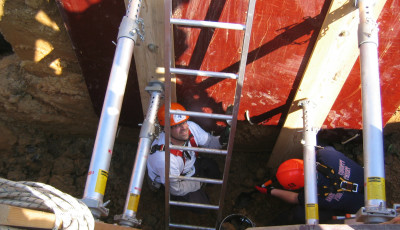

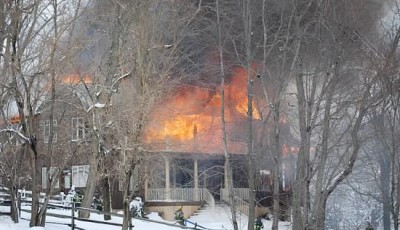
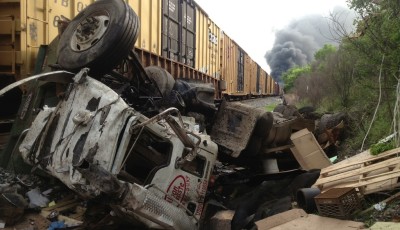
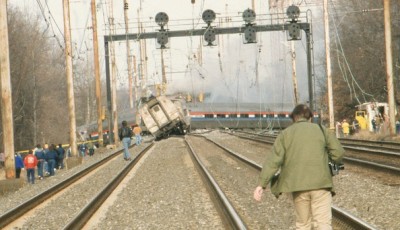
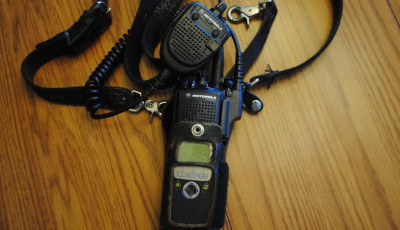




Just an observation to consider. These articles are read by persons from all over the country. Acronyms aren’t of much use unless they are defined. I haven’t got a clue what a BIR is and reading the article didn’t help define it.
Glad I’m not the only one. BIR ? Some reference to a size up but I don’t know the acronym.
I’m with Jim. I also have no idea what BIR stands for. By reading the article though I’m guessing you’re referring to scene size up. To help keep us all on the same page it would be best to use plain language as the national incident command systems reccomends or at least define the acronyms used for those of us operating in areas that don’t use them.
Hi gentlemen, thank you for your feedback! BIR is Brief Initial Report, so you are correct on it being your first arriving scene size-up. I appreciate your comments and I’ll keep this in mind! I’ll revamp this one shortly to minimize confusion. Thanks for reading!
Hi Allison. Thanks for taking the input so well. And now that I criticized the acronym, please allow me to now praise the content. All the points you make here are valuable for a company officer to know. Yes they are pretty simple, but they are also the basics that seem to be easily forgotten, or not learned. It’s amazing how following your simple outline can make such a huge difference in the flow and frustration levels at an incident. I have worked both sides of the radio, something I think every fire fighter should have the opportunity to do. Helmet tipped in appreciation to dispatchers everywhere.
Thank you Jim. Many of the articles I write or will write deal with basic information that a seasoned firefighter may already know, but sometimes can be forgotten or overlooked. Jim, Jason and Scott, what area or department are you from and what do you call your size-up? Thanks again!
Allison, I am from a combination (career & volunteer) fire district on the north side of the incorporated area of Spokane, WA. We called it a “size up” and our crews were taught to paint a verbal picture of what they observed on arrival and then answer the following questions; What have I got, What am I doing, What do I need, and Who is in command. I tried to include “Where I am” to confirm, or change, the reported address of the incident. Using plain language in radio communications was stressed. The only acronyms, or codes, I can recall being used was RIT (Rapid Intervention Team), PAR (Personal Accountability Report), FITF (Fire Investigation Task Force), 1106 (dead person), and the standard triage casualty codes (red, yellow, green and black).
Not to poke at the bear, but in the first sentence “BIR” is explained. Well Written Piece a good review for all of the Officers.
With all due respect Chris that wasn’t there the first time the article was written. If you read Allisons’ reply dated 12-28-13 she acknowledges that. This is apparently the revamp she said she would make to the article. And I agree with your assessment of the material.
Well written I try to give exacts in my BIR and do this from the seat of the truck I am in once I’ve completed my 360 that’s when I give my more detailed assessment of what I’ve got and need
Rob, the point of the BIR is an initial size up of the scene as you see it just as you arrive on scene. This should typically be done at the same time as signing the apparatus off on scene. The scene size up or BIR is to quickly relay the information to responding but not yet on scene units and your dispatcher. Once you have conducted or had another unit conduct a 360 of the building you can give a scene update to include what you have observed during operations. It is OK if you don’t yet have the entire picture but you are allowing others who are not on scene to start planning by using the picture you have painted for them.
Rob, I reread what you wrote and we are saying the same thing. I thought you were saying you do your 360 before giving your size up. SORRY!
It is interesting that this is written by a dispatcher because of the statement that dispatch needed to know what the situation was and whether to upgrade alarm or request other units. I always thought that would be the job of the IC not dispatch wouldn’t it? I know dispatchers always want to know what is going on but do they really need to know. I totally agree other responders do need to know. As for the needs to know who is in charge that is easy. Policy state first arriving unit. Oh well I play devils advocate a lot.
BIR or initial sizeup, doesn’t matter what you call it but it is very important to do accurately and timely upon your arrival. I agree with others that up-grading the alarm ls the responsibility of the IC but do believe that the dispatcher working the incident needs to know what is happening so they can visualize and have a feel for the incident. It should be made upon your arrival on scene and before any 360. One other thought, I believe that the address/ physical location should always be included in any BIR to confirm you are at the proper address and confirm to other responding units that they have the address correct.(think about arriving at a reported structure fire and giving a BIR of nothing showing and actually being at the wrong address.)We have many confusing addresses out there, i.e. east mtn road vs east mtn drive etc,
We introduced an excellent BIR so very appropriate for the gas industry but also for any service:
M – Minor, Major, Medical
E – Exact location
T – Type of incident
H – Hazards on scene, to be aware of
A – Access, how to approach the scene
N – Number of casualties
E – Emergency service required
It served a purpose for our initial dispatches, in the first instance
This is really an insulting article. The topic is worthy of discussion, this article was just written by a lightweight who thought she was speaking to small children apparently. Again, good topic, although the previous 5000 articles probably covered it sufficiently. This one however is amateurish at best, not worthy of publication in my opinion.
Good stuff .. I preach this for my guys gals even the ems ppl paint a picture !!